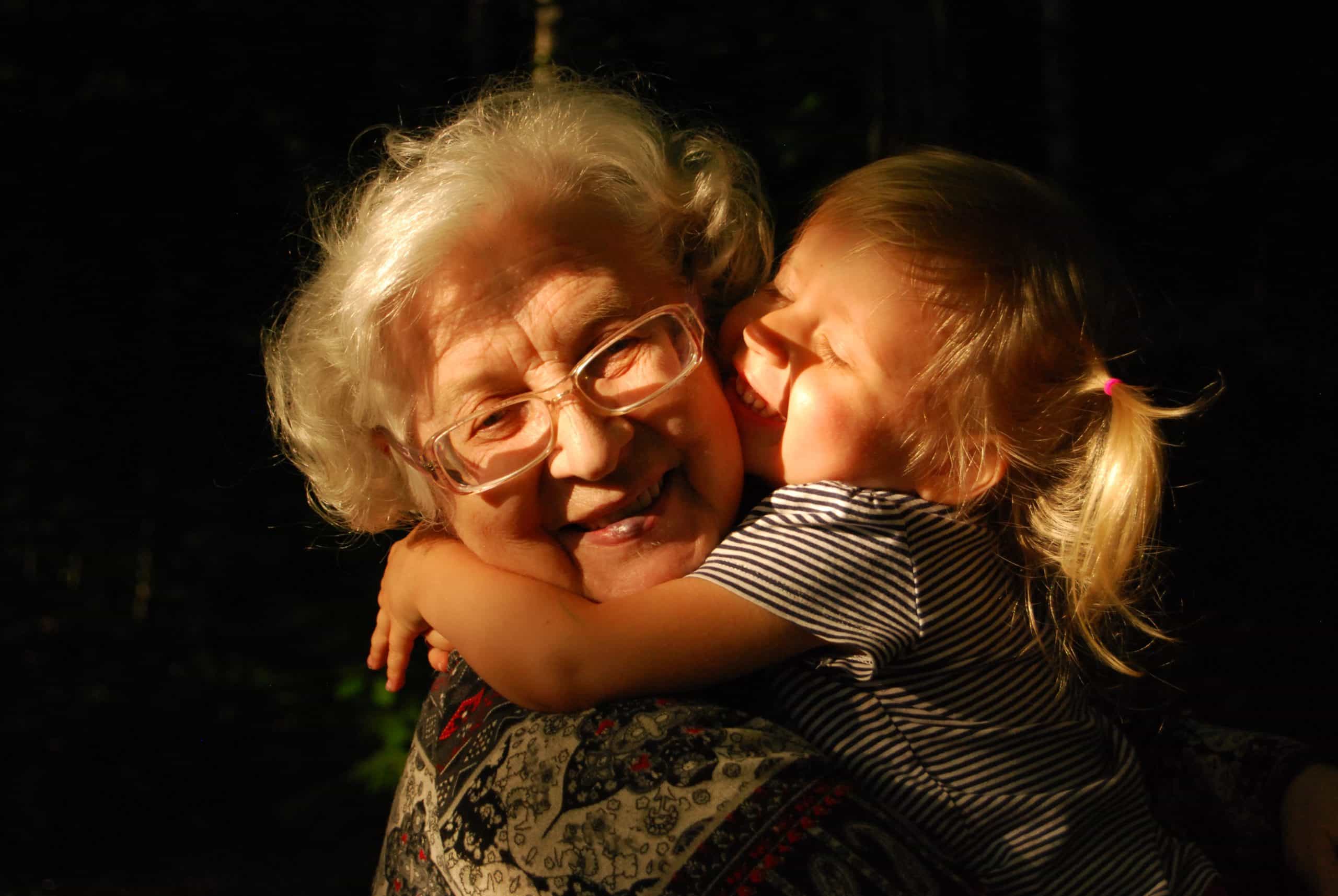Prepare your home to care for an elderly loved one before they move in to ensure their comfort and safety. Speak with professional contractors to find pragmatic ways to improve your home surroundings to accommodate your guest as well as discuss mobility solutions with qualified retailers to learn more.
Sometimes, it makes sense to move an older family member, friend, or neighbor into your home. It can be a win-win situation for many, though it does take some thoughtful preparations. If your loved one lives with physical limitations or mobility issues, talk to a reputable and qualified retailer about stairlifts and aids to improve and enhance quality of life.
Get ready for your elderly loved one to move in with the following tips and suggestions:
Install Ramps and Railings
The first thing to do is to ensure safety as your loved one enters the home with ramps and railings. The key to aging in place is safe accessibility, and a sturdy, supportive railing and gently sloping ramp can do just that. In fact, all stairs and steps deserve railings on your property, and any threshold or stair that is not accessible to your loved one needs a portable ramp, at the very least. These are modifications that everyone will benefit from.
Speak with a Builder
You own it to yourself to talk with a builder about changes that you may not be able to do yourself, but that could be life-changing for your loved one when they come to stay. A contractor will have the expertise and know-how to detail improvements and give you accurate estimates of costs before you begin any repairs or renovations. Ask a contractor to inspect the property to identify areas that may be safety issues, too.
Pay Attention to the Bathroom
Since most falls and fall-related injuries occur in the bathroom, it makes sense to focus some attention in this area of the home before your loved one moves in. Line the tub and shower with non-slip mats or coatings and install handholds and grab-bars by the sink and toilet, too. Make sure that the lights work properly and that the switches are accessible for all. Invest in a toilet lift to make it easier for loved ones to use the bathroom when living with mobility challenges.
Tap Into Resources
Start taking people up on their offers to help you with your loved one. Pin down people that offer to sit with a loved one so you can get out more, or that say they will provide a ride somewhere. Enlist help from family and friends to help prevent caregiver burnout and to facilitate your loved one doing all that they want to do each day. Look into area agencies on aging that may offer more formal supports to help family caregivers.
Get Grab-Bars
A firm and sturdy place to grab on is going to go a long way at preventing falls around the home. This is why it seems pragmatic to install grab bars everywhere, throughout the home. These are not expensive and are easy to install with a cordless screwdriver or drill. Worried about holes in your sheetrock walls later? Fill them with a bit of white toothpaste to conceal and cover these spots.
Enhance Lighting Throughout
Dim lighting is another reason why people, especially older folks and those with physical disabilities, fall and sustain an injury. Before your loved one moves in, assess and enhance lighting throughout the home environment. Make sure that lights work properly and consider making the switch to LED it is cooler, more efficient, and lasts much longer than other bulbs. Plus, it provides much better illumination that is gentler on the eyes, too.
Evaluate the Stairs
So, what do you want to do about the stairs? Is it necessary for your loved one to ascend and descend the stairs regularly? If the bathroom is upstairs, or you have a bedroom upstairs all ready, consider if a stairlift makes sense for your home. If you have resources downstairs in the home, consider converting to one-level living for your family member. As long as they have access to all that they need for ADLs (activities of daily living) and are comfortable with the arrangement.
Think Ahead to the Future
When you make these plans and modifications, try to consider future needs, as well. Maybe a stairlift doesn’t seem warranted right now, but could it be later? Try to predict future needs to prepare now for situations that could arise at some point, down the road.
Plan now and prepare for your loved one’s arrival with these tips. To learn more about mobility solutions to help make the transition easier, talk to the team at Pacific Mobility.
President, Husband, Father, Grandfather Graduate of UC Davis- Bio Sci Major- Go Aggies! Jeff has extensive experience in all of Pacific Mobility’s products and services, and specializes in accessibility products as well as stairlifts, ceiling lifts and custom wheel chairs. His hobbies include spending time with family, gardening, mountain biking, exercising and off road motorcycle riding.
24 years as Owner/President of Pacific Mobility Center – selling, installing, and servicing stairlifts, porch lifts, ceiling lifts, pool lifts, handicap ramping, specialty wheelchairs, scooters, power wheel chairs, and other power mobility devices
Certified Environmental Access Consultant since 2008
Licensed General Contractor since 1998
Certified Aging in Place Specialist since 2016
Board Member for Home Access Professionals
Member of Association of Members of the Accessibility Equipment Industry (AEMA)




